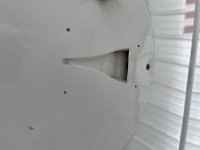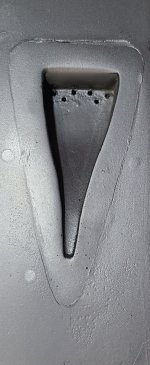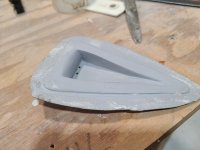Has anybody considered/modified the fuel vent to a NACA Scoop? There are other airframes that use it. I’m currently seeing some variation in pressures when the tanks are full (and possible fuel in the vent line) and wondering if this would add a little more head pressure to the pump (pump longevity?) Once I’ve burned off 20 min worth of fuel, fuel pressure stabilizes. Currently have the JD air vents.
I know we should never fly into icing conditions, but it would also help for the inadvertent encounters…
Thoughts?
I know we should never fly into icing conditions, but it would also help for the inadvertent encounters…
Thoughts?







